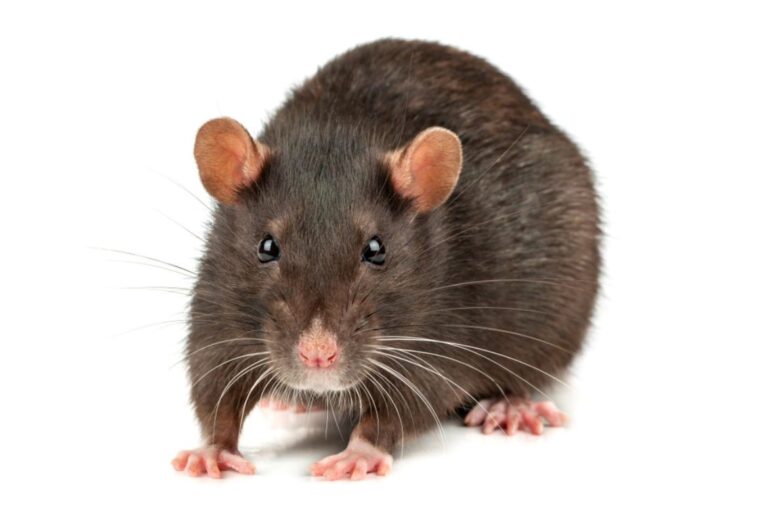Roof Coating Demystified: Uncovering Pros and Cons You Never Knew!
Roof coatings are gaining popularity as a cost-effective and easy-to-maintain protective solution for roofing materials such as flat, low-slope, and metal roofs. These liquid formulations extend the lifespan of roofs and shield them from weathering and corrosion.
Ideal for both homeowners and commercial building owners, these shingle materials can last over 20 years with proper maintenance, where coatings play a vital role in enhancing durability.
Types of roof coatings:
Here are some valuable coatings options that help you make an informed decision.:
Asphalt Emulsion:
- Made from asphalt and water emulsion.
- Provides a protective layer against water and harmful radiation.
- Generally used by local roofers on asphalt roofs.
Acrylic:
- Popular for their versatility
- Water-based coatings.
- Reflective and UV-resistant, helping to cool the building.
- Suitable for metal, concrete and single-ply membrane roofing.
Polyurethane:
- Offer a seamless and long-lasting membrane.
- Safeguard against abrasion and physical damage
- Excellent properties for rain protection.
- Perfect for low-slope or level roofs.
- Used in busy or high-traffic places.
Silicone:
- Flexible and durable.
- Extremely resilient against Sun rays.
- Good for protecting against ponding water.
- Suitable for various roof substrates.
Reflective:
- Designed to reflect sunlight and reduce heat absorption.
- Typically white or light-coloured to enhance reflectivity.
- Help in lowering energy costs by reducing cooling needs.
Aluminium:
- Contains aluminium pigment for reflectivity.
- Provide protection against ultraviolet rays.
- Suitable for various roof types.
Coal Tar:
- Made from coal tar pitch.
- Known for their durability and resistance to water.
- Commonly used on flat or low-slope roofs.
Advantages of Roof Coatings:
Roofing maintenance is an essential element and coating offers a range of benefits for its durability:
Extended Roof Longevity:
Roof coatings are a barrier against sunlight, climate variables and environmental pollutants. This helps to avoid premature degradation of materials and increases its overall age.
According to research by the CRRC, roof coatings can extend a shingle’s life by 10-15 years on average.
Energy Saving:
Reflective roofs actively reduce heat absorption by reflecting sunlight. This process lowers indoor temperatures and decreases demand for cooling systems. Cool roofs also contribute to a 15% reduction in energy bills. This makes coatings a sustainable and cost-effective solution for energy efficiency and are recommended by experienced roofers in Norwich.
Ponding Water:
If the coat is done properly it creates a smooth watertight barrier on your roof which reduces leakage chances. It is also reported by an association (NRCA) that water damage accounts for 40% of all roofing failures.
Prevent Harmness:
A smooth surface that is stain- and mould-resistant is created by roof coating. Strengthening the structure, guards against hail damage and stops corrosion.
Easy Application and Maintenance:
Roof coatings are easily applied with minimal disruption to existing structures, providing a cost-effective solution for ongoing maintenance and helping homeowners avoid expensive repairs. An indication from professionals suggests that 80% find roof coatings to be an economical maintenance option for both residential and commercial properties.
Disadvantages of Roof Coatings:
However, the coatings are an effective solution but they also have some drawbacks:
Initial Cost:
Roof coatings can save money in the long run, but they might cost a lot initially. This can be a problem for some homeowners, especially with so many coating choices.
Application Challenges:
Achieving appropriate adherence and consistent application can be difficult, particularly for those without experience. Making a mistake could result in decreased durability and ineffective roof performance. According to research, improper applying techniques are responsible for 90% of coating failures.
Limited Compatibility:
Not all roofing materials are suitable for coating applications. Incompatibility issues may arise, limiting the options for owners seeking to enhance the protective properties of their roofs. According to an expert survey, compatibility problems with the current shingle material account for 45% of coating failures.
Dirt & Debris
Certain roof coating materials such as silicone tend to attract and retain dirt. It diminishes the appearance of your flat roofs. In comparison, acrylic coatings can repel dirt and offer a solution to maintain a cleaner surface.
Coatings Application Professional or DIY
Roof coatings can be applied by professionals or homeowners, but it’s crucial to recognise that the process can be intricate, demanding a certain level of expertise. If you lack confidence in applying the coatings, it’s advisable to hire a contractor. If you choose the DIY route, carefully follow the manufacturer’s instructions and observe all necessary safety precautions.
Conclusion:
Various coatings offer multiple benefits that can outweigh their drawbacks. These options enable individuals to select a solution aligning with their specific roofing requirements while maintaining structural integrity. Investing in these coatings can be valuable for preserving your roof’s strength and improving your home’s overall performance.



